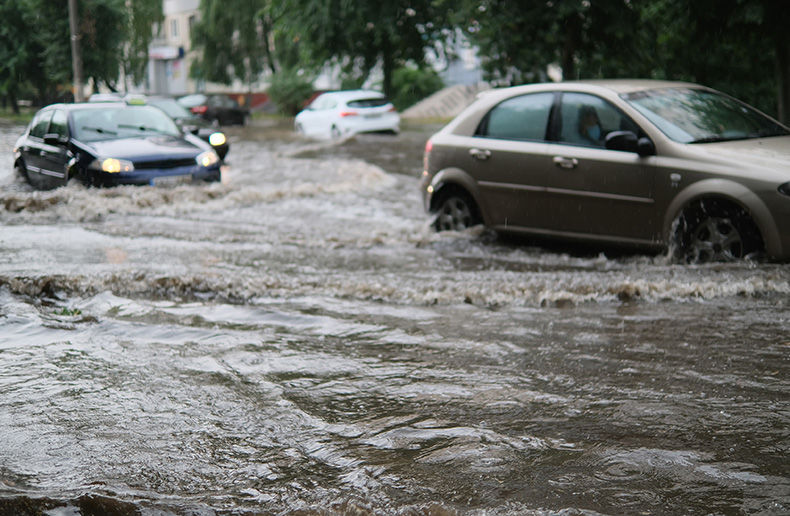Physical climate risk experts, XDI (Cross Dependency Initiative) has published an analysis of more than 200,000 hospitals around the world, showing that one in 12 could face total or partial shutdown from climate change-related extreme weather events if countries fail to curb fossil fuel emissions.
“As a result, communities hit by hurricanes, severe storms, flooding, forest fires and other disasters could be cut off from emergency hospital care right when they need it most,” the researchers note in a statement about the release of the dataset and the related report, the 2023 XDI Global Hospital Infrastructure Physical Climate Risk Report. “Without a rapid phase out of fossil fuels, the risks to global health will be exacerbated further, as thousands of hospitals become unable to deliver services during a crisis.”
They point out that when hospitals are forced to close, the ensuing events in an emergency can result in significant human morbidity and mortality. As part of the report, they add, XDI is releasing the names, locations and levels of risk for each individual hospital in the analysis.
“XDI’s goal is to accelerate action on climate change by embedding physical climate risk data in all decisions,” the report states. “XDI believes that physical climate risk data need to be accessed and understood by everyone, including citizens and civil society organizations. To support this, XDI regularly releases public datasets to generate debate and understanding about the costs of climate change.”
The group is part of The Climate Risk Group of companies which quantify the costs of climate change.
They say without a phase out of fossil fuels, 16,245 of the hospitals analyzed will be at high risk of total or partial shutdown from extreme weather events by the end of the century. “A residential or commercial building with this level of risk would be considered uninsurable,” they write. Limiting global warming to 1.8 degrees Celsius, they say would halve the damage risk to hospital infrastructure. They add that the analysis suggests that the risk of damage to hospitals from extreme weather events has already increased 41 per cent since 1990 due to greenhouse gas emissions.
Driving hazards today and in 2050, globally, are riverine flooding, coastal inundation and surface water flooding. In Canada, they say the greatest increase in risk to hospital infrastructure by 2100 will be seen in New Brunswick, Nunavut, Newfoundland and Labrador and British Columbia. In a high emissions scenario, damage risk is projected to increase 44 per cent. In a low emissions scenario, this drops to 22 per cent. In Canada, the main hazards driving damage risk today are riverine flooding, surface water flooding and extreme wind. In 2050, extreme wind is expected to be replaced by coastal inundation.











